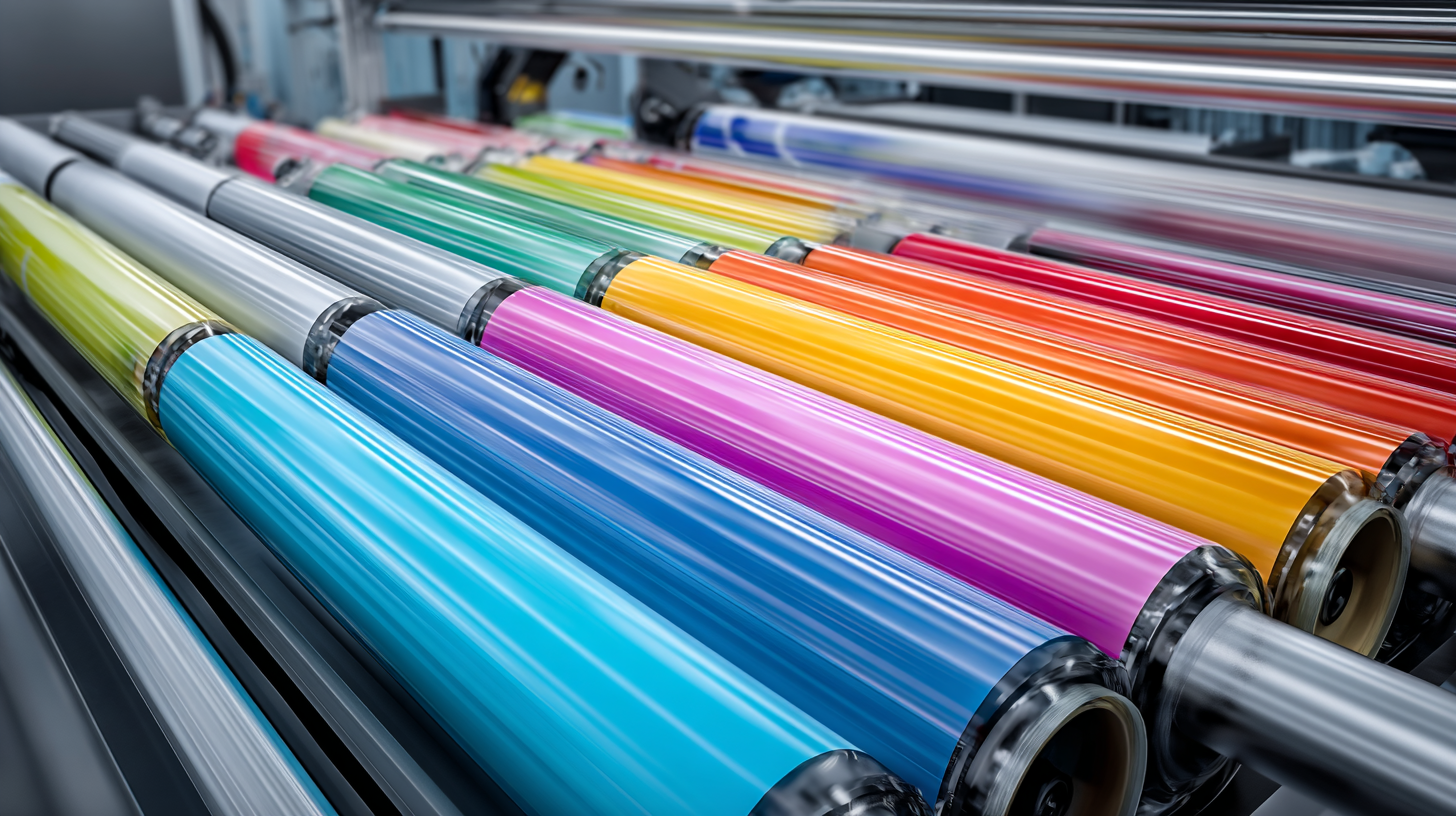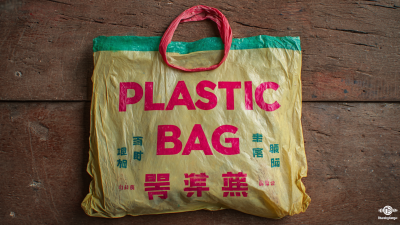- Phone:+86 15218629499
- Phone: +86 15766990063
- E-mail: Yzprinting01@163.com
The realm of Printed Films is witnessing a transformative evolution driven by technological advancements and innovative applications across multiple industries. According to a recent report by Smithers Pira, the global market for printed film is projected to reach $64 billion by 2025, growing at a CAGR of 5.2%. This growth is largely attributed to the increasing demand for sustainable packaging solutions and the rise of digital printing techniques that allow for greater customization and efficiency. The adoption of eco-friendly materials and the integration of smart technology into printed films are pioneering new pathways in sectors such as packaging, textiles, and advertising. As industries continue to explore the numerous capabilities and applications of Printed Films, understanding these innovations becomes crucial to staying ahead in a competitive landscape, making this exploration both timely and essential.

The evolution of printed films has been marked by significant milestones that have transformed both the technology and its applications. The journey began with conventional printing methods, where pigments were applied to flexible substrates, primarily for packaging. As technology advanced, the introduction of digital printing revolutionized the industry, allowing for more intricate designs, faster production times, and reduced waste. This shift not only enhanced creativity but also opened doors to customization, enabling brands to respond swiftly to market trends.

In recent years, the integration of smart technologies into printed films has garnered considerable attention. Innovations such as NFC (Near Field Communication) and QR codes are being embedded directly into packaging, bridging the gap between the physical and digital worlds. These advancements allow consumers to access rich content and engage with products like never before. Additionally, sustainable practices are becoming increasingly important, as manufacturers explore biodegradable materials and eco-friendly inks, which align with global efforts to minimize environmental impact. Understanding these key trends is crucial for businesses looking to stay competitive in the evolving landscape of printed films.
As the demand for sustainability surges, the exploration of innovative materials in printed films is reaching new heights. Recent reports indicate that the global market for biodegradable films is expected to grow at a CAGR of 12.5%, potentially reaching $5 billion by 2025. This growth is fueled by the rising awareness of environmental issues and the need for more eco-friendly packaging solutions. Brands are increasingly opting for materials derived from renewable resources, such as PLA (polylactic acid), which not only reduce reliance on fossil fuels but also minimize landfill waste due to their compostable properties.
In addition to biodegradable options, the development of recycled films is gaining traction within the industry. According to a report from MarketsandMarkets, the recycled films market is projected to reach $28.8 billion by 2026, driven by stricter regulations on plastic waste and a growing preference for sustainable packaging among consumers. Innovations in processing technologies, such as improved recycling methods, are enabling manufacturers to produce high-quality printed films with reduced environmental footprints. These advancements not only cater to regulatory pressures but also enhance brand loyalty, as consumers increasingly gravitate towards businesses that prioritize eco-friendly practices.
| Innovation | Description | Applications | Eco-Friendly Features |
|---|---|---|---|
| Biodegradable Inks | Inks made from natural materials that break down faster. | Packaging, labels, and promotional materials. | Reduces plastic waste and environmental impact. |
| Recyclable Films | Films that can be processed into reusable materials. | Food packaging, industrial use. | Promotes a circular economy. |
| Water-Based Coatings | Coatings that are safer for the environment. | Decorative films, labels, and graphic applications. | Low VOC emissions and safer application process. |
| Smart Films | Films that can change properties in response to stimuli. | Smart packaging, adaptive displays. | Potential for reduced material usage. |
| Solar Films | Films that capture solar energy for use. | Building-integrated photovoltaics. | Harnesses renewable energy for improved sustainability. |
The landscape of printed film production is undergoing a remarkable transformation thanks to advanced technologies that enhance efficiency and creativity. Innovations such as digital printing, nanotechnology, and 3D printing are at the forefront, allowing manufacturers to produce high-quality films with unprecedented precision. Digital printing eliminates the need for traditional printing plates, reducing lead times and costs while enabling customization for unique applications. This flexibility is driving demand across various industries, including packaging, electronics, and automotive sectors, where tailored solutions are essential.
Moreover, the integration of sustainable practices, propelled by advanced technologies, is reshaping the future of printed films. Biodegradable substrates and eco-friendly inks are becoming more mainstream, addressing environmental concerns while maintaining performance standards. The advent of smart materials that can change properties in response to stimuli offers exciting possibilities for interactive and functional films. As industries look to innovate and reduce their carbon footprints, these advancements ensure that printed films not only meet current demands but also pave the way for a sustainable future.
Printed films have emerged as a versatile solution across various industries, showcasing their potential for innovative applications. The packaging industry has particularly benefited from advancements in printed film technologies, such as enhanced barrier properties and customizable designs. Brands are increasingly adopting printed films to create sustainable packaging solutions that reduce environmental impact while maintaining product integrity. This shift towards eco-friendly packaging not only meets consumer demand but also supports corporate sustainability goals.
Beyond packaging, printed films are making significant strides in the electronics sector. They are used in the production of flexible displays and touchscreens, allowing for thinner, lighter devices that maintain high-performance standards. Additionally, these films are finding applications in the automotive industry, where they serve as protective layers and decorative elements in both exterior and interior components. As printed films continue to evolve, their diverse applications across multiple sectors highlight a promising future filled with innovation and potential for growth.
Printed films are revolutionizing the way businesses communicate their brand and engage with consumers. To maximize the impact of printed film solutions, businesses should start by understanding their target audience. Tailoring the design and messaging to resonate with specific demographics can significantly improve customer interaction and perception. Incorporating unique textures, vibrant colors, and innovative designs can also heighten the visual appeal, drawing more attention to products or promotions.
Moreover, leveraging technology to enhance printed film applications is essential. Businesses can utilize augmented reality (AR) to provide an interactive experience that goes beyond traditional media. Integrating QR codes or NFC technology into printed films can encourage direct engagement with consumers, leading to increased follow-up actions, such as visiting a website or signing up for newsletters. Additionally, sustainability is becoming increasingly important, and companies that adopt eco-friendly materials for their printed films can not only attract environmentally conscious consumers but also improve their overall brand reputation.







